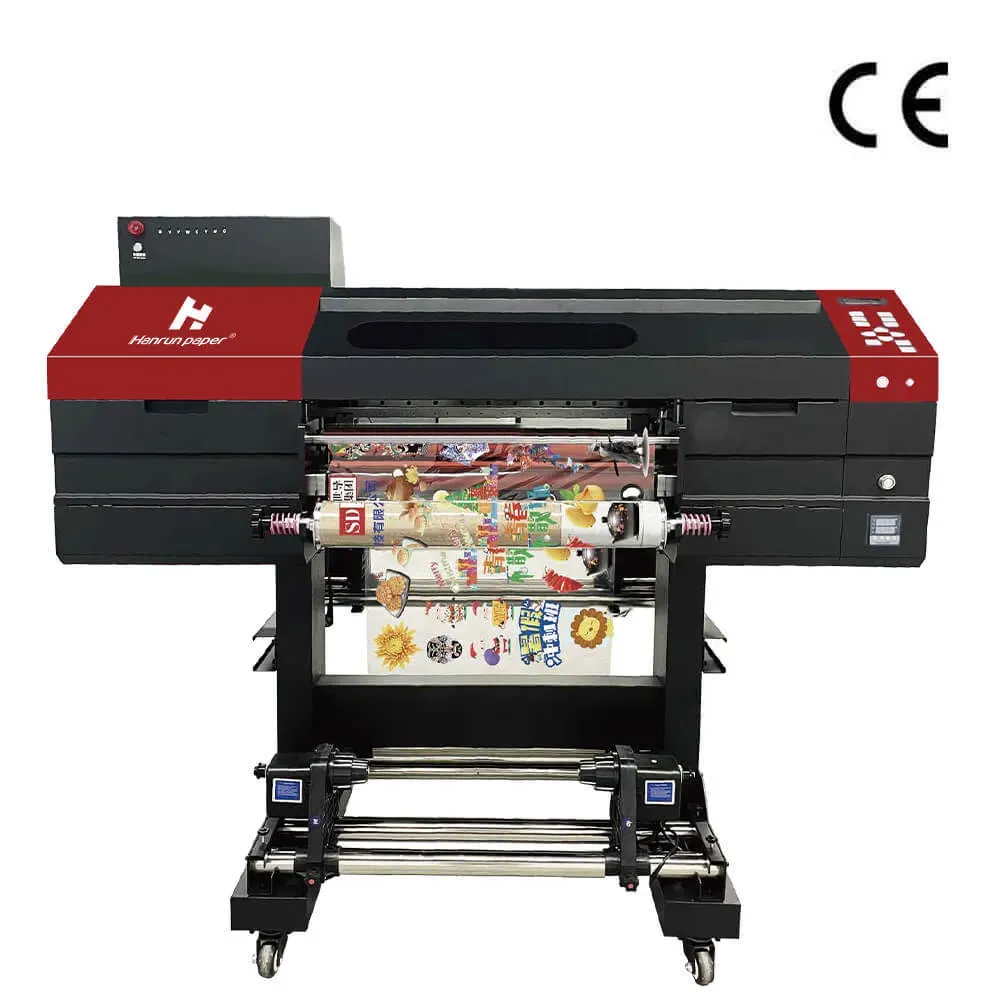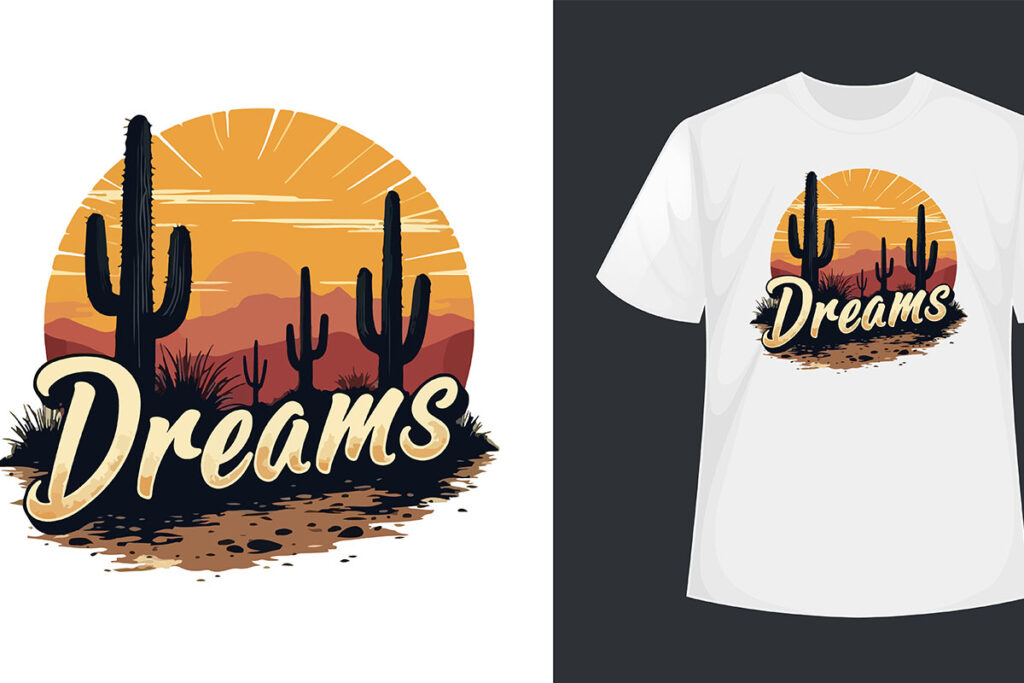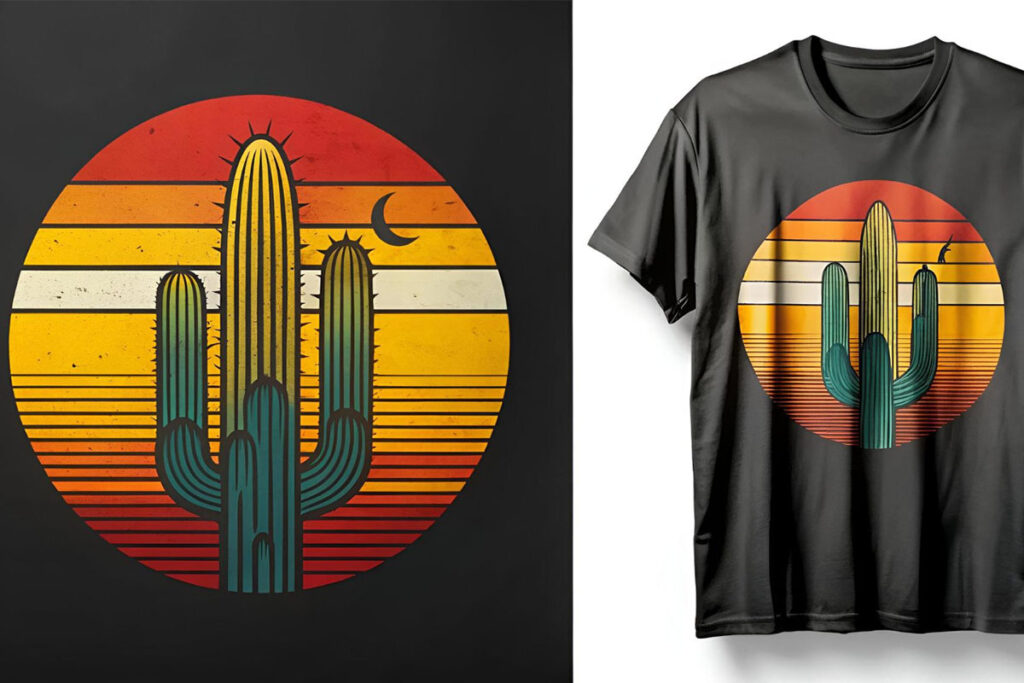In the vibrant realm of modern printing, UV DTF (Direct to Film) printing stands out as a revolutionary technique that offers unmatched versatility and durability. This innovative method integrates the strengths of traditional printing with UV inks to deliver high-quality prints suitable for various substrates, from textiles to plastics. Artists and entrepreneurs alike are embracing UV DTF printing for its ability to produce stunning, detail-rich designs that stand the test of time. To navigate this dynamic field effectively, it’s vital to understand essential printing tips, including the importance of film selection for printing and optimizing workspace conditions. By mastering UV printing techniques, you can enhance your craft and elevate your business offerings to new heights.
Within the dynamic world of contemporary graphics, the approach known as direct-to-film printing using ultraviolet curing processes is rapidly gaining traction. This method, often referred to simply as UV printing, is celebrated for its exceptional durability and vibrant color output on a spectrum of materials, making it a favorite among graphic designers and textile manufacturers. By providing a seamless experience that combines the best of both UV and DTF methods, this technology enables creators to craft high-quality prints that are both eye-catching and long-lasting. Understanding key elements such as optimal film choice and precise printer configurations is essential to achieving success in your printing endeavors. With the right techniques, your prints can truly shine in today’s competitive market.
Understanding UV DTF Printing
UV DTF printing, or Direct to Film printing with UV inks, is revolutionizing the printing landscape by offering vibrant and durable results. This innovative technique involves printing designs onto a film that is then transferred onto various substrates using UV technology. The result is high-quality prints that can withstand wear and tear, making it an excellent choice for custom apparel and promotional materials. The combination of DTF printing with UV inks not only enhances the aesthetic appeal of prints but also extends their lifespan, ensuring that they maintain their color vibrancy even after numerous washes.
One of the key benefits of UV DTF printing is its ability to produce intricate details and bold colors that grab attention. The specialization of the inks used in this process allows for superior adhesion to various surfaces, including fabric, metal, and plastic. As a result, businesses can push the boundaries of creativity, offering clients unique and personalized products that stand out in the market. By adopting UV DTF printing, you position yourself at the forefront of printing technology, appealing to modern consumer demands for quality and durability.
The Importance of Film Selection
Choosing the right film for UV DTF printing is paramount in ensuring optimal results. High-quality DTF films enhance the adhesion of inks and contribute significantly to the overall print quality. Films that are specifically designed for UV applications have a coating that allows for better ink absorption and drying handling, significantly reducing the risk of smudging or peeling. When selecting a film, look for options that specify compatibility with UV inks; this will ensure a successful bonding process and vibrant final imagery.
Additionally, different substrates may require varying types of films based on their composition and desired finish. For example, films for fabric applications will differ from those needed for rigid materials. Understanding the specifications and purposes of these films will not only improve the quality of your prints but also streamline your production processes, allowing for more efficient and consistent outcomes. Investing in the right film is thus a step toward mastering UV DTF printing and delivering superior products.
Optimizing Printer Settings
The printer settings used when executing UV DTF printing play a crucial role in determining the quality of the final product. Achieving the right balance of print speed, ink saturation, and resolution is essential. For high-quality prints, a resolution of 1440 dpi or higher is recommended, as this allows for intricate details and crisp images. Adjusting the speed may also impact the curing process; slower speeds can enhance quality by allowing more time for the ink to bond, while faster speeds may increase efficiency but at the risk of potential flukes.
Furthermore, understanding the curing time for UV inks is pivotal. It determines the durability of the print and its overall aesthetic appeal. Printer operators should frequently review and adjust settings based on specific project requirements, as what works for one print may not be suitable for another. Taking the time to fine-tune these aspects can significantly enhance the quality of prints produced through UV DTF techniques.
Balancing Temperature and Humidity
Environmental conditions, such as temperature and humidity, can significantly impact the outcomes of UV DTF printing. Ideally, maintaining a temperature range of 18-24°C (64-75°F) with humidity levels between 40-60% creates a conducive atmosphere for printing. Deviations from these conditions can lead to issues with ink performance, leading to inconsistent results in print quality.
In regions with high humidity or fluctuating temperatures, investing in a climate control system for your printing space can prevent such problems. A stable environment not only ensures the longevity of equipment but also enhances print quality, leading to more satisfied customers and repeat business. Therefore, prioritizing temperature and humidity management is an essential tip for those looking to achieve excellence in UV DTF printing.
Selecting Quality Inks for Lasting Results
The ink used in UV DTF printing is a fundamental element that dictates the quality and durability of prints. High-quality UV inks designed explicitly for DTF applications ensure superior adhesion and vibrant colors that endure. These inks are unique, formulated to bond effectively with both the substrate and the film. When selecting inks, compatibility with your printer and materials should be the primary consideration, as mismatched inks can lead to undesirable results such as fading or uneven prints.
Moreover, opting for reputable brands of UV inks can further enhance color reproduction and longevity. This difference can be particularly evident in high-stakes projects where color accuracy and vibrancy are crucial, such as promotional items or custom apparel. By carefully choosing inks, print providers can significantly elevate their product offerings and build a reputation for quality that clients will trust.
Emphasizing Post-Processing Techniques
Post-processing is an often-overlooked yet critical stage in the UV DTF printing process. Once prints are made and cured, applying protective coatings or lamination can greatly enhance the durability of the finished product. These additional layers act as shields against scratching, fading, and other environmental damage, giving prints a longer lifespan and maintaining their vibrant appearances.
Furthermore, post-processing can allow for creative finishes, such as matte or gloss options, adding an extra layer of customization to printed items. Many customers appreciate these options, as they can significantly affect the product’s tactile feel and aesthetic appeal. Paying attention to post-processing not only amplifies the quality of individual prints but also boosts customer satisfaction, thereby fostering loyalty and encouraging referrals.
Frequently Asked Questions
What is UV DTF printing and how does it differ from traditional DTF printing?
UV DTF printing combines the advanced technique of Direct to Film (DTF) printing with UV inks, providing high-quality prints that are more durable and vibrant. Unlike traditional DTF printing that uses water-based inks, UV DTF employs UV light to cure the inks almost instantly, allowing for better adhesion to various substrates and improving overall print longevity.
What are the best film selections for UV DTF printing?
For optimal results in UV DTF printing, selecting high-quality DTF films is essential. Look for films specifically designed for UV printing that feature a special coating for enhanced ink adhesion, ensuring crisp and clear prints without blurriness or peeling over time.
How can I improve the quality of my UV DTF prints?
To improve the quality of your UV DTF prints, ensure you are using high-resolution settings (at least 1440 dpi) on your printer. Additionally, balance your print speed and curing times, choose suitable inks, pre-treat substrates, and maintain controlled temperature and humidity levels to maximize vibrancy and durability.
What are some essential printing tips for successful UV DTF printing?
Key printing tips for UV DTF include selecting the right film and ink, adjusting printer settings for high resolution, maintaining optimal temperature and humidity, ensuring effective curing, and performing regular maintenance on your equipment. Test prints can also help refine settings before full production.
How does humidity and temperature affect UV DTF printing?
Humidity and temperature play a significant role in UV DTF printing. Ideally, maintain temperatures between 18-24°C (64-75°F) and humidity levels between 40-60%. Extremes can affect ink performance, film adhesion, and overall print quality, so a stable environment is crucial for successful prints.
What post-processing techniques can enhance UV DTF prints?
Post-processing techniques such as applying a protective coating or laminate can significantly enhance UV DTF prints. These protections improve durability, prevent scratches, and prolong the vibrancy of your prints, especially for items subject to frequent handling or exposure to harsh conditions.
| Key Points | Details |
|---|---|
| Choosing the Right Film | Select high-quality DTF films designed for UV printing to ensure optimal adhesion and print clarity. |
| Proper Printer Settings | Adjust printer settings for high resolution (at least 1440 dpi) and balance print speed with curing time. |
| Temperature and Humidity Control | Maintain an environment with temperatures of 18-24°C and humidity of 40-60% for optimal printing results. |
| Ink Selection | Use high-quality UV inks specifically formulated for DTF printing for color accuracy and durability. |
| Pre-Treatment Techniques | Pre-treat surfaces to enhance ink adhesion and improve print durability. |
| Effective Curing | Calibrate UV curing lamps to ensure proper adhesion and longevity of prints. |
| Post-Processing Considerations | Apply protective coatings or laminates to enhance durability and resistance to wear. |
| Regular Maintenance of Printing Equipment | Follow a routine for cleaning print heads and other components to avoid clogs and ensure smooth operation. |
| Testing Before Full Production | Conduct test prints to fine-tune settings and avoid material waste during larger production runs. |
Summary
UV DTF printing is a cutting-edge process that combines the best features of direct-to-film technology with the durability of UV inks, creating prints that are vibrant and long-lasting. To achieve the best results, it is vital to select the right materials, such as high-quality films and UV inks, and to maintain optimal printer settings, including resolution and curing conditions. Additionally, environmental factors like temperature and humidity play a critical role in print quality. By implementing pre-treatment techniques and regular maintenance routines, printers can avoid common pitfalls that lead to diminished print quality. Following these best practices not only ensures superior prints but also positions printers favorably for future advancements in UV DTF printing technology.



